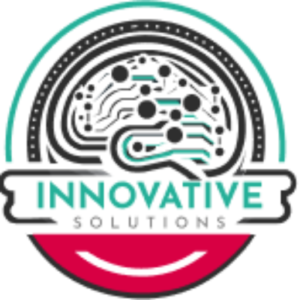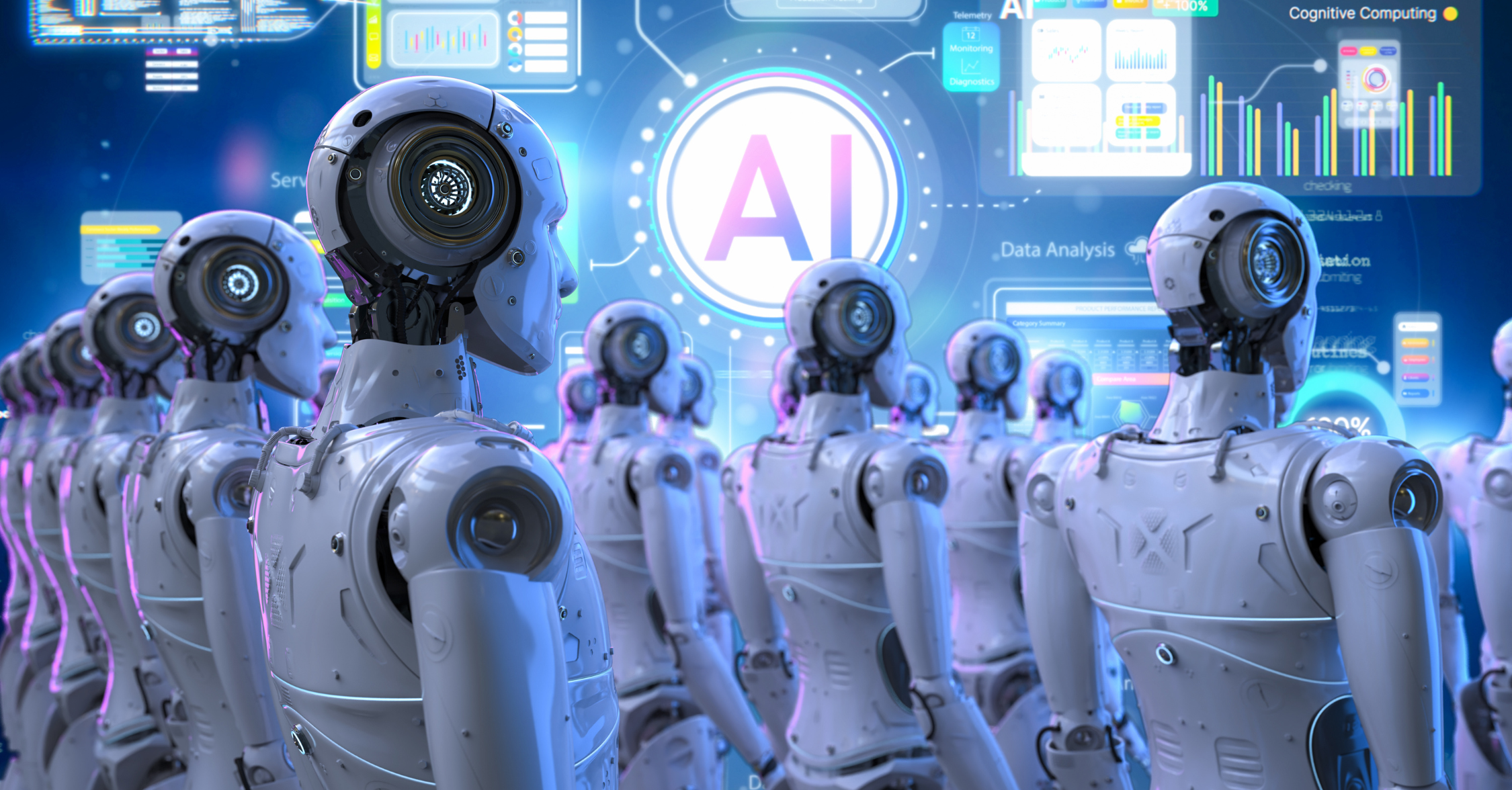As AI advances, educators wonder if virtual tutors can truly replace classroom teachers. AI tutors are software tools that simulate human tutoring using advanced algorithms. They adapt to each student’s learning style, track progress, and adjust questions or content on the fly[1]. Typically delivered via chatbots or adaptive platforms, these virtual instructors draw on vast educational resources (curriculum databases, digital libraries, etc.) to guide each learner.
AI tutors can harness extensive knowledge bases (shown here as a stack of books) to customize lessons in real time for each student. They take inputs (answers, mistakes, or questions) and use natural language processing to provide hints, explanations or new practice problems. In effect, every learner has access to a virtual teaching assistant available whenever needed, making personalized learning a practical reality.
Key Benefits of AI Tutors
- Personalized Adaptation: AI tutors analyze each student’s responses to target weaknesses and adjust difficulty in real time. This adaptivity yields better results: a study found students learned significantly more (and faster) with an AI tutor than in a traditional active-learning class[2]. In short, each learner gets near–one-on-one attention, reinforcing strengths and addressing gaps far beyond a generic lecture.
- Expanded Access: In many Gulf areas, qualified teachers and textbooks are scarce, especially in rural or underserved communities. AI tutors offer 24/7, on-demand help wherever students have a device, effectively “opening the door” for remote or disadvantaged learners to receive one-on-one support[3]. This can narrow education gaps by giving every child some form of personalized instruction.
- Efficiency and Cost Savings: AI tutors automate routine tasks (grading quizzes, exercises, progress reports) that consume teachers’ time. Studies suggest 20–40% of a teacher’s workload can be automated with current AI tools[4], freeing roughly 10–15 extra teaching hours per week per teacher. This boosts efficiency and over time could lower education costs, allowing schools to use staff where they are most needed.
- Anytime, Anywhere: AI tutors are on call 24/7. A student stuck on a problem after dinner can get instant help on their device rather than waiting for tomorrow, keeping learning momentum going. This constant availability keeps learners engaged, as they can work at their own pace without scheduling constraints.
- Data-Driven Insights: Because AI tutors log everything students do, they generate rich analytics for educators. Principals and teachers can use this data to spot common problem areas or struggling students early. In the Gulf context, such insights could guide curriculum adjustments (for example, emphasizing STEM skills in line with Vision 2030) and help administrators make data-driven decisions about resource allocation.

Limitations and Challenges
No technology is perfect, and AI tutors have important caveats:
- Human Connection: AI lacks the empathy, judgment and cultural understanding that human teachers provide. UNESCO and experts emphasize that core teaching tasks – motivating students, interpreting emotional cues, and giving personalized encouragement – cannot be automated[5]. An AI can explain a concept, but it cannot replace a teacher’s intuitive care or mentorship. Over-reliance on AI tutoring might risk weakening those critical human bonds.
- Quality and Ethics: AI tutors depend on their training data. Mistakes or biases in those data can lead to errors. In some systems, chatbots have confidently given wrong answers or missed creative student solutions[6]. Teachers must review AI feedback for accuracy and relevance. There are also ethical concerns: AI algorithms can inadvertently perpetuate bias if not carefully designed, and they collect detailed student data – raising privacy and consent issues[7]. Without strong safeguards, AI could undermine trust in schools.
- Digital Divide: Advanced AI tutoring requires devices and reliable internet. In parts of the GCC, connectivity and hardware can be limited; without targeted investment, AI could widen gaps between well-equipped urban schools and remote areas. Experts emphasize “Arabic-first” design – meaning dialect-aware content and culturally appropriate examples – and offline-tolerant features for low-bandwidth regions[8]. This ensures that AI tutors serve all students, not just those in high-tech environments.
- Teacher Readiness: Introducing AI in classrooms requires careful planning. Teachers need training and involvement from day one, or AI projects often fail. For example, a World Bank/EdTech forum advised that AI tools “must be designed with teachers, not just for them”[9], because educators ultimately drive classroom success. Schools should invest in professional development so instructors can confidently integrate AI tutors into lessons; without this, teachers may resist or misuse the technology.

AI Tutors in Practice: Gulf and Global Examples
The GCC is already experimenting with AI tutors. In the UAE, the Ministry of Education partnered with local AI startup ASI (and Microsoft) to pilot an AI Tutor aligned with the national curriculum[10][11]. This system will eventually provide personalized tutoring in math, science, English and other subjects to all students. A survey by Abu Dhabi’s MBZUAI found that about 77% of UAE students (age 12–15) believe AI skills are critical for their future[12], reflecting strong student interest in such programs.
In Saudi Arabia, KAUST is developing an Arabic-language AI tutor for high-school math[13]. Their “Socratic” tutor never simply gives answers; it guides students step-by-step with questions[14]. The first pilot (Grade 12 math) launches in the 2025–26 school year[15], with plans to expand to chemistry, biology and physics if the results are positive. In each case, AI tutors are paired with real teacher support: the technology supplements human teaching, rather than replacing it.
Internationally, similar approaches are seen. Countries like Singapore and South Korea are launching adaptive AI tutoring to complement classroom instruction. For example, nonprofit Khan Academy’s “Khanmigo” chatbot (built on GPT-4) provides around-the-clock practice and hints, but is explicitly designed to assist students while teachers remain the primary educators.
Experts consistently emphasize a blended approach where AI supports teachers. A World Bank/EdTech forum put it bluntly: AI tools “must be designed with teachers, not just for them”[9]. In practice, AI tutors might handle drills and differentiation, freeing teachers to lead richer discussions, projects and hands-on learning. As one industry source observes, an AI tutor “won’t replace the human relationship that motivates students, models values, and interprets context”[16]. This underscores UNESCO’s view that effective education always centers on the teacher and human connection[5].
Call to Action: Partnering with EchoSphere Technologies
For GCC school leaders, the message is clear: leverage AI tutors, but keep teachers at the center. EchoSphere Technologies can guide your institution in this journey. EchoSphere specializes in integrating AI learning solutions for K–12 and higher education, customized to GCC needs. Our team helps align AI tutors to national curricula and Arabic dialects[8], ensuring cultural relevance. We provide teacher training and support, so educators embrace AI as a co-pilot instead of feeling threatened by it.
- Pilot and Evaluate: Start with a small AI tutoring pilot in one grade or subject, supported by EchoSphere’s experts.
- Train Educators: Invest in professional development so teachers can effectively use AI tutors and feel ownership of the technology.
- Scale Responsibly: Use learning data to measure outcomes and refine the program, expanding AI use where it clearly benefits students.
EchoSphere also helps implement robust data governance and privacy safeguards, following best practices in the sector. In this way, AI tutors become part of a safe, supportive learning ecosystem – powerful assistants for educators, not replacements. The UAE and Saudi initiatives show that AI can uplift education when done correctly[10][13]. Contact EchoSphere to learn how we can help your school harness AI tutors as part of a teacher-supported, blended learning model.
Sources: Authoritative reports and case studies as cited above, including UAE and Saudi Ministry announcements, scientific education research, and UNESCO guidance. Each claim is backed by the references in this document.
[1] Saudi Arabia AI Tutors Market Size and Forecasts 2031
https://mobilityforesights.com/product/saudi-arabia-ai-tutors-market
[2] [6] AI tutoring outperforms in-class active learning: an RCT introducing a novel research-based design in an authentic educational setting | Scientific Reports
[3] [4] [11] [12] AI education in the UAE | AGBI
https://www.agbi.com/tech/2023/11/ai-education-in-the-uae/
[5] [7] UNESCO paper says teachers are not replaceable in AI age of education | ETIH EdTech News — EdTech Innovation Hub
[8] [16] AI Is Rewriting the Rules of Education in Saudi Arabia
https://beam.ai/agentic-insights/ai-is-rewriting-the-rules-of-education-in-saudi-arabia
[9] AI Tutors and Teaching: How Might the Role of the Teacher Change in an Age of AI? – EdTech Hub
https://edtechhub.org/2025/05/21/how-might-the-role-of-the-teacher-change-in-an-age-of-ai/
[10] How the UAE is closing the education gap with AI tutors
[13] [14] [15] Return of Socrates: KAUST Developing AI Education for Personalized Learning







